 Spent Thanksgiving and a somewhat truncated honeymoon in the funky confines of New Orleans. We were there at this particular time specifically because Connie's daughter was spending the Thanksgiving holiday with her father's family, who reside in nearby areas of Mississippi and Louisiana.
Spent Thanksgiving and a somewhat truncated honeymoon in the funky confines of New Orleans. We were there at this particular time specifically because Connie's daughter was spending the Thanksgiving holiday with her father's family, who reside in nearby areas of Mississippi and Louisiana.Our hotel was in the heart of the French Quarter and we got out quite a bit to walk and sightsee during this relatively calm period of the year in the Big Easy.
On this trip I got around to doing some of the things I had been unable to accomplish on previous visits, including a comprehensive walking tour of historic homes in the Garden District and a visit to Saint Louis Cemetery #1 (the oldest in New Orleans).
I took almost 200 pictures, so it was a real chore to winnow it down to what you see displayed here. I hope y'all enjoy my armchair tour through this truly one-of-a-kind city.
Click on 'em twice and they get real big!

Chartes Street sign

Early morning in the Quarter

Waterfront along the Mississippi River

Short-Moran House in the Garden District (1859)

Whole Foods store in the newly renovated Arabella Station

Loyola University on St. Charles Ave.

Stained glass in Tilton Hall, Tulane University

Statue of Louis Armstrong in Algiers
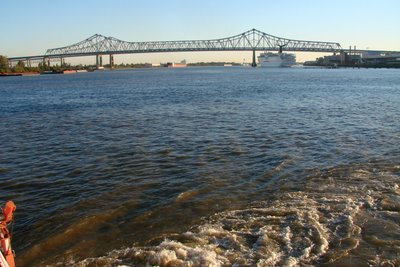
The Big Muddy viewed from the Algiers ferry

St. Louis Cemetary #1
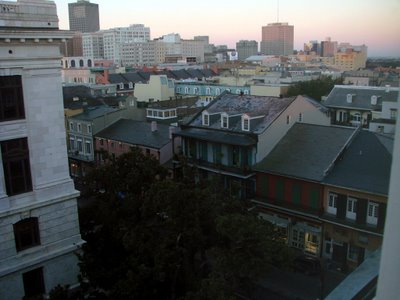
View from our hotel room

Night time in the Quarter

Big Daddy's on Bourbon St.

Very cool old neon sign
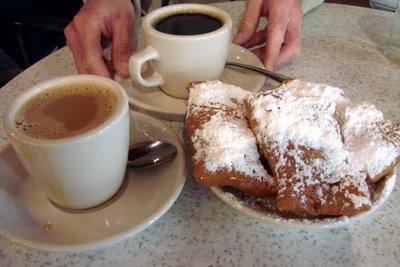
Coffee & beignets at Cafe Dumonde
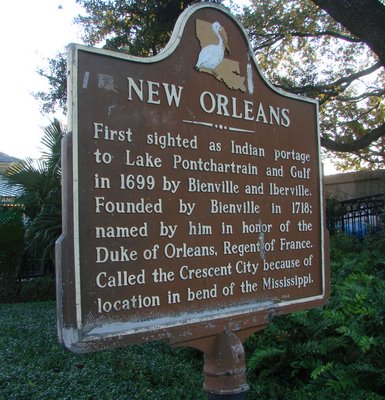



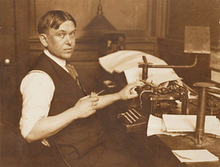


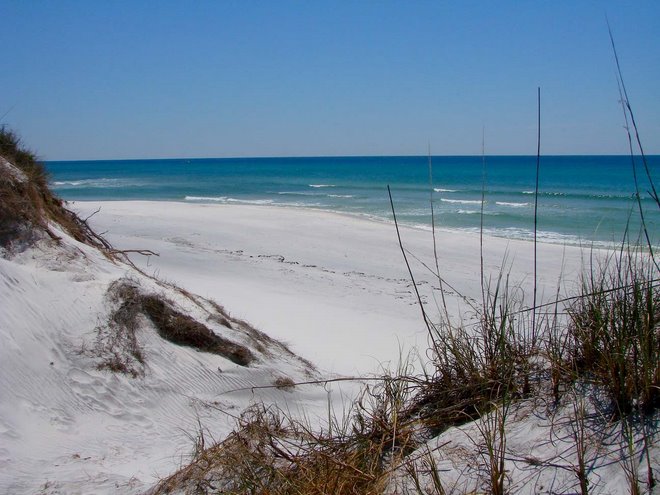
4 comments:
So, what does Nawlins feel like with only one third of it's pre-Katrina population?
I didn't visit the 9th Ward but did drive through it on I-10. It was still a scene of devastation, but the rest of the city seemed fine, with people going about thier normal routines.
Most of the people who are gone don't need to come back. A lot of these folks have found meaningful work and lives elsewhere, and don't have to come back and live on welfare in a dilapidated housing project. All they needed was to venture out of their squalor and find a better world of opportunity, which welfare dependency tends to suppress by keeping people tied down to the whims of their government Massa.
Nice pictures. I did a lot of walking and picture-taking in the Garden District and a cemetery, too. And eating. How was the food?
There must be a gentler way to get people off welfare than flooding them out of their neighborhood. I've just been reading about the lower 9th ward. There was history there. A lot of people owned their homes. Fats Domino lived there.
Best fried oysters I ever had.
I'm not saying all of the people of the lower 9th were on welfare, but a good many were. A fresh look at new places and other modes of existence helped many escape the cycle of poverty they had been in.
One door closes and another one opens.
Post a Comment